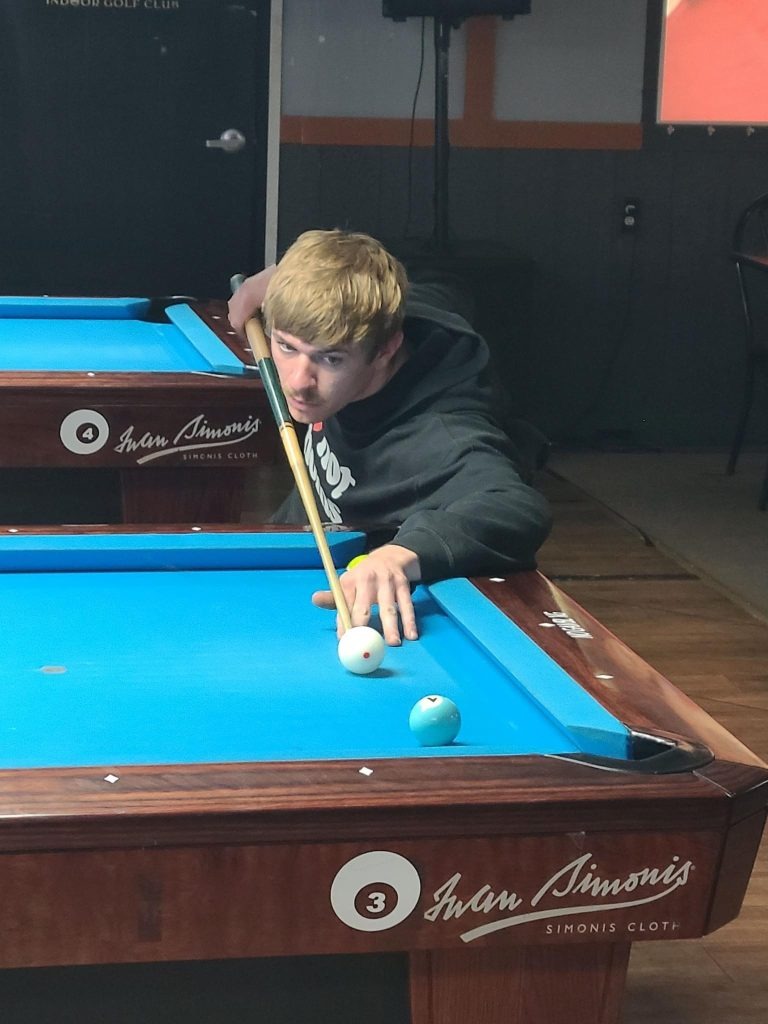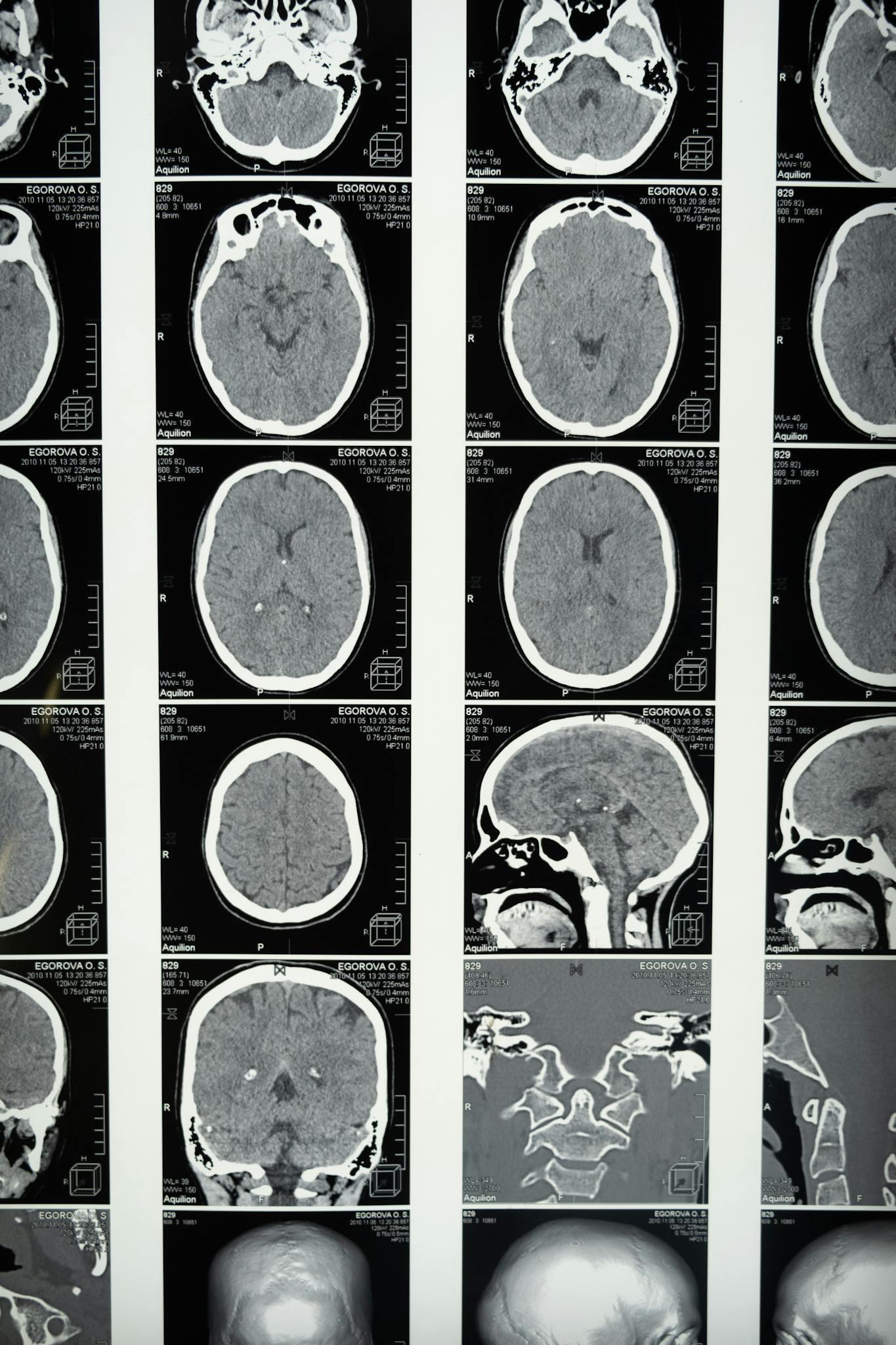Restoring Lives Through Science: E-STAND, Traumatic Brain Injuries (TBIs), & Spinal Cord Injuries (SCIs)
ABOUT: This writing series captures how a small lab is making a big difference. The Restorative Neurotrauma Lab (RNL) is advancing care for patients with traumatic brain injuries (TBI) and spinal cord injuries (SCI) through cutting-edge neurotechnology, a commitment to transformative research, and a deep belief in the strength of human resilience.
Dr. David Darrow talks the future of Traumatic Brain Injury (TBI) Research
Role: Writer | Editor | Publisher
Duties: This is the first story of a three-story mini-series featuring the work of Dr. David Darrow and the RNL. In this first story, I experimented with using bullet points to tell the information in a more scannable, easily digestible way.
I led this story from start to finish—attending the live webinar, crafting the narrative, and refining the piece through multiple editing rounds, including scientific peer review for factual accuracy, and publishing the final story on WordPress.
Published in: HHRI News, 2024
Summary: As part of HHRI’s mission to spotlight researchers creating real-world impact, I attended Dr. David Darrows'
virtual presentation entitled, “The Future of TBI: The Intersection of Neuromodulation and Cognitive Neuroscience for Restoring Function” at Hennepin Healthcare during Brain Injury Awareness Month. His presentation focused on
what a TBI is, what causes it, the aftermath of TBIs, treatment & recovery, and his hopes for the future of TBI research.

"Through his research, he hopes to help foster what I think is somewhat of a paradigm shift in how we think about TBI as part of a larger conversation about brain injury and brain illness."
A stand of its own: E-STAND study improves the lives of neurotrauma patients

“I’m thankful it wasn’t worse because [there are] people who have it worse than I do. I just know there are people that struggle worse. There [are] so many different levels of struggle – physical, mental… Truly I should have been dead that day. It’s a second chance [on life],” said Faucett gratefully.
Role: Interviewer | Writer | Editor | Visual Curator | Publisher
Duties: This is the second story of a three-story mini-series featuring the work of Dr. David Darrow and the RNL. In this second feature story, I interviewed Evan Faucett while he was getting his monthly check-up for the epidural stimulator he uses as part of the
Epidural Stimulator After Neurological Damage (E-STAND) trial.
I led this story from start to finish—interviewing the subject, crafting the narrative, and refining the piece through multiple editing rounds, including scientific peer review for factual accuracy, sourcing, curating, and captioning all visuals, and published the final story on WordPress.
Published in: HHRI News, 2025
Summary: As part of HHRI’s mission to spotlight researchers creating real-world impact, I spotlighted the work of the RNL team through a patient-centered story. Since 2017, their team has helped 24+ paraplegic patients recover some of their voluntary movements, sense of autonomy, reduce muscle spasticity, increase cardiovascular conditioning, and improve core support. Prior to the epidural stimulator insertion, some of the patients hadn't moved since their injury.
Restorative Neurotrauma Lab (RNL): A small lab making a big difference
Role: Writer | Editor | Visual Curator | Publisher
Duties: This is the third story of a three-story mini-series featuring the work of Dr. David Darrow and the RNL.
I led this story from start to finish—crafting the narrative, refining the piece through multiple editing rounds, including scientific peer review for factual accuracy, sourcing, curating, and captioning all visuals, and publishing the final story on WordPress.
Published in: HHRI News, 2025
Summary: As part of HHRI’s mission to spotlight researchers creating real-world impact, I spotlighted the work of the RNL team, who they are, what they do, and their current research studies. The RNL team is led by Co-Principal Investigators (Co-PIs), Dr. David Darrow and Dr. Samuel Cramer, and together, they explore short and long-term studies using non-invasive and invasive neuromodulation methodologies to treat neurotrauma patients.
Neurotrauma is an umbrella term to describe injuries to the nervous system and includes traumatic brain injury (TBI) and spinal cord injury (SCI). There are many different types of neuroelectric devices used in medicine to target nerves in the body to decrease pain or restore bodily functions. Neuromodulation uses electrical impulses and can be used in most areas of the body and is currently being used to treat urinary and bowel incontinence, SCIs, Parkinson’s disease, hearing loss, pelvic floor disorders, chronic pain, tremors, headaches, depression, and other health conditions.
